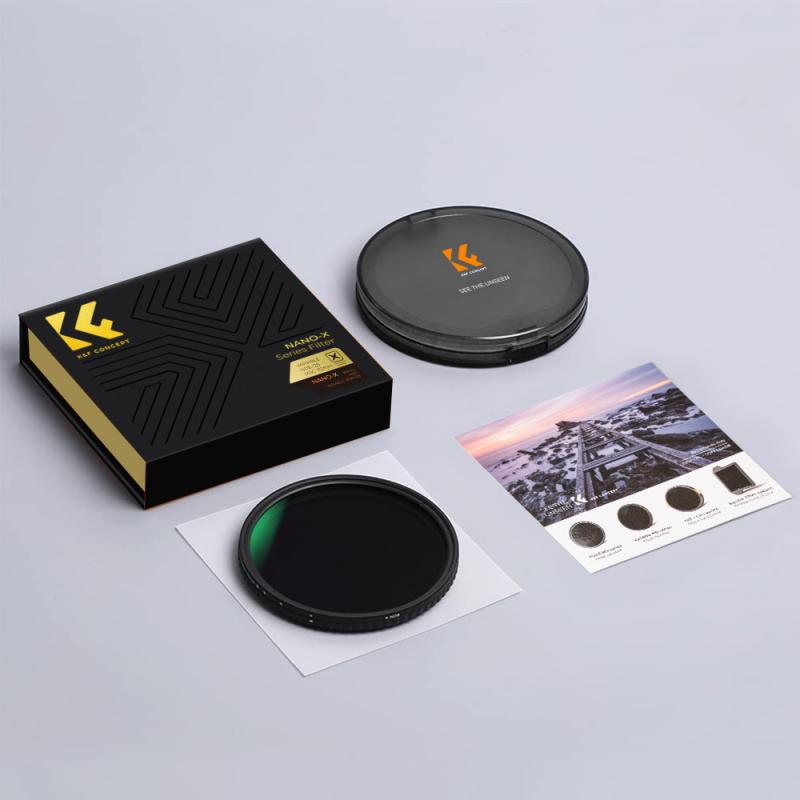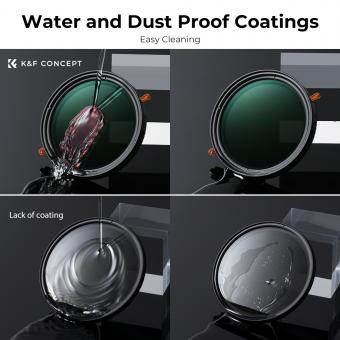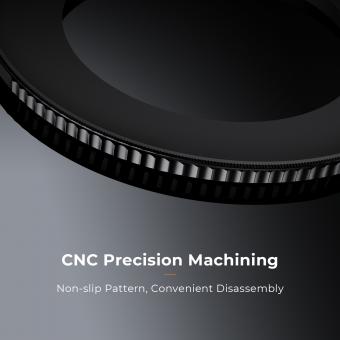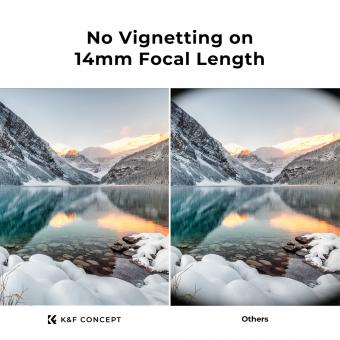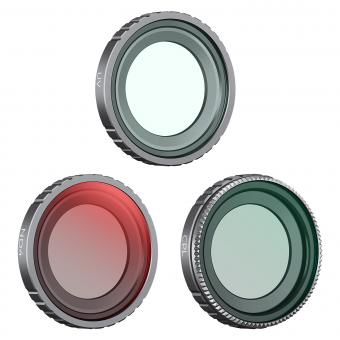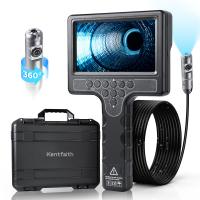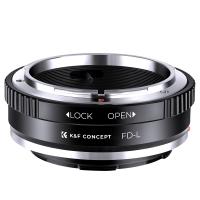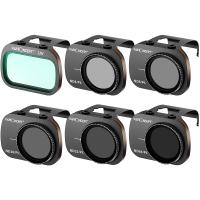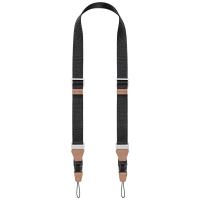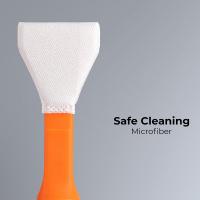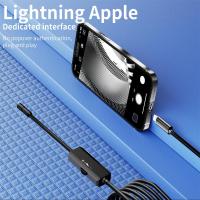Where Are Camera Filters On Your Phon ?
Camera filters on a phone can typically be found within the camera app itself. Depending on the phone and the camera app being used, the filters may be located in different places. Some camera apps have a dedicated filter button or icon that can be tapped to access the filters, while others may require the user to swipe left or right on the screen to cycle through the available filters. In some cases, the filters may be accessed through a menu or settings option within the camera app. It is also possible to download additional filters or filter packs from the app store or within the camera app itself.
1、 Camera app settings
Camera filters on your phone can be found in the camera app settings. Depending on the type of phone you have, the location of the camera filters may vary. However, most camera apps have a dedicated section for filters that can be accessed by tapping on the filter icon or by swiping left or right on the camera screen.
In recent years, camera filters have become increasingly popular among smartphone users. These filters allow users to add various effects to their photos, such as color adjustments, vintage looks, and even animal faces. Some camera apps also offer advanced filters that can enhance the quality of the photo, such as noise reduction and sharpening.
The latest point of view on camera filters is that they are a fun and creative way to enhance your photos. They can add a unique touch to your images and make them stand out on social media. However, it is important to use filters in moderation and not rely on them too heavily. It is also important to remember that filters can alter the original image and may not always accurately represent reality.
Overall, camera filters are a great feature to have on your phone's camera app. They can add a fun and creative element to your photos and allow you to express your personal style.
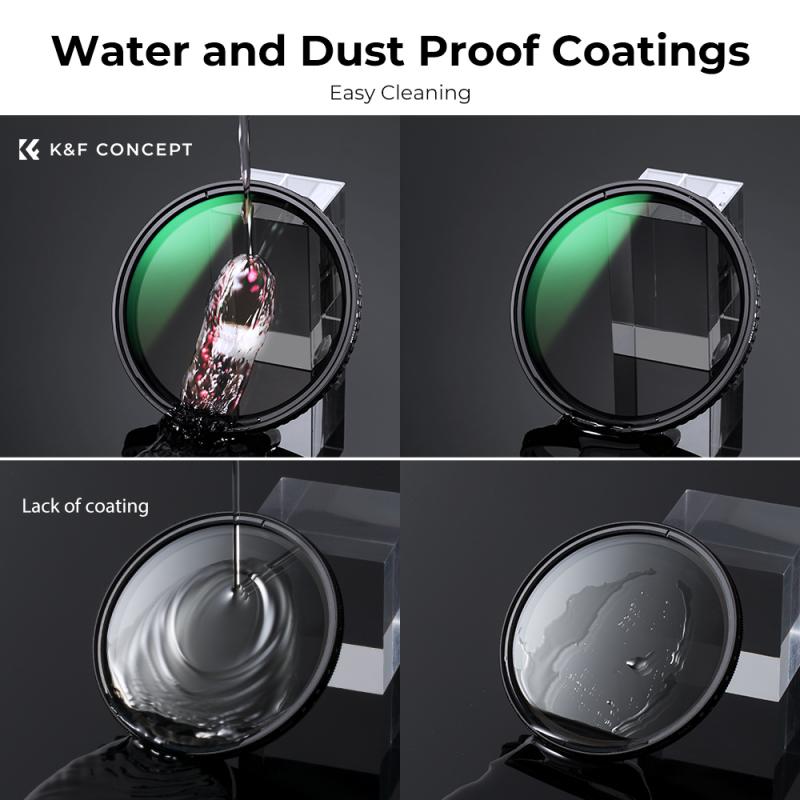
2、 Third-party camera apps
Where are camera filters on your phone? Third-party camera apps are the answer. While most smartphones come with built-in camera apps that offer basic filters, third-party camera apps provide a wider range of filters and editing tools to enhance your photos. These apps can be downloaded from app stores and are available for both iOS and Android devices.
Third-party camera apps like VSCO, Snapseed, and Adobe Lightroom offer a variety of filters that can be applied to your photos. These filters range from vintage and retro to modern and trendy. In addition to filters, these apps also offer advanced editing tools like exposure, contrast, and saturation adjustments, as well as cropping and resizing options.
One of the latest trends in third-party camera apps is the use of artificial intelligence (AI) to enhance photos. Apps like Prisma and Deep Art Effects use AI to transform your photos into works of art by applying styles inspired by famous artists like Van Gogh and Picasso.
Overall, third-party camera apps provide a more customizable and creative experience for smartphone photography. With a wide range of filters and editing tools, these apps allow users to express their creativity and enhance their photos in unique ways.
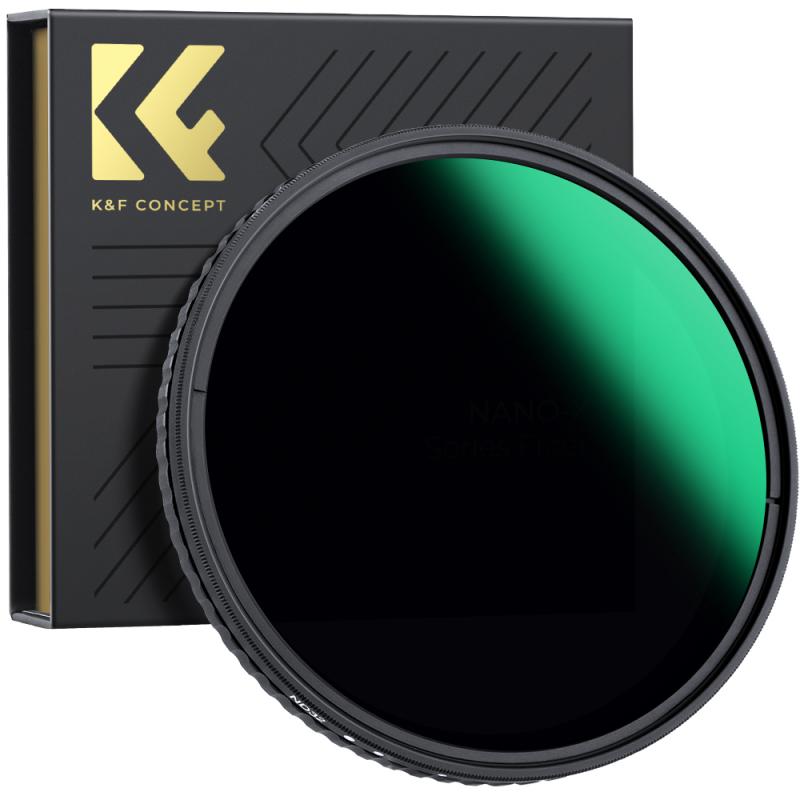
3、 Physical lens attachments
Where are camera filters on your phone? Well, it depends on the type of phone you have. Some phones have built-in camera filters that can be accessed through the camera app, while others require physical lens attachments to achieve the desired effect.
For example, the latest iPhone models have a variety of built-in camera filters that can be accessed by swiping left or right on the camera screen. These filters include options such as vivid, dramatic, and black and white, among others. Additionally, the iPhone 12 Pro and Pro Max models have a new feature called ProRAW, which allows users to capture images in a raw format and apply filters and adjustments later in post-processing.
On the other hand, some phones, such as those made by Moment, offer physical lens attachments that can be screwed onto the phone's camera lens to achieve different effects. These lenses include options such as wide-angle, telephoto, and macro, among others. Moment also offers a variety of filters that can be attached to their lenses to achieve different looks, such as a polarizer filter for reducing glare and increasing contrast.
Overall, whether you use built-in camera filters or physical lens attachments, there are plenty of options available to enhance your phone photography and achieve the desired effect.
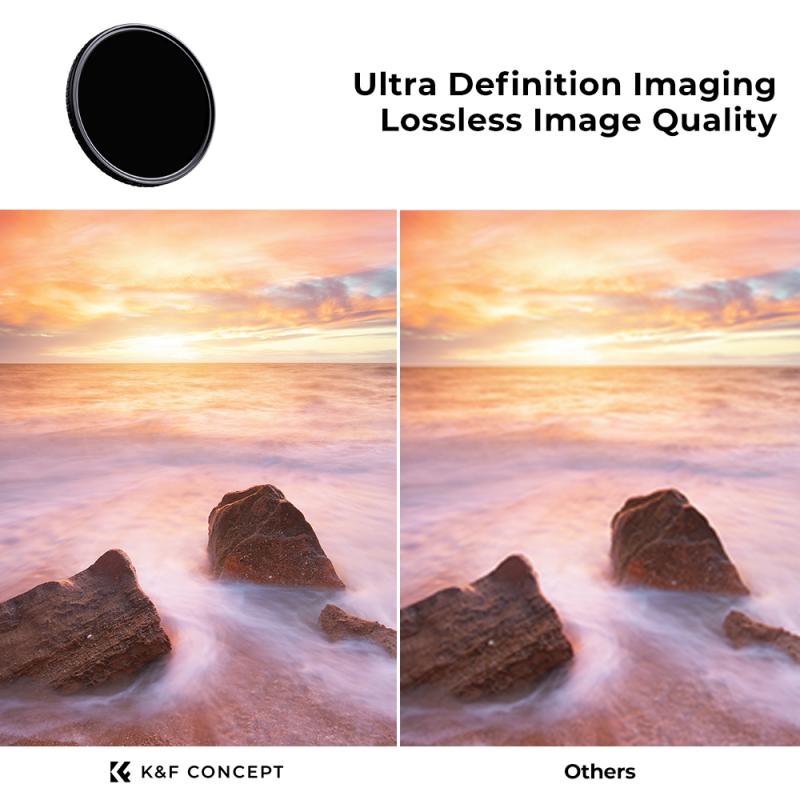
4、 In-app filter options
Where are camera filters on your phone? The answer is in-app filter options. With the advancement of technology, smartphones have become an essential tool for capturing and sharing moments. One of the most popular features of smartphone cameras is the ability to apply filters to photos and videos. These filters can enhance the colors, add special effects, and even change the mood of the image.
Most smartphones come with a built-in camera app that includes a variety of filters. These filters can be accessed by tapping on the filter icon, which is usually located in the top right or left corner of the screen. Once you tap on the icon, a list of filters will appear, and you can choose the one that best suits your needs.
In addition to the built-in filters, there are also many third-party camera apps that offer a wide range of filters. These apps can be downloaded from the app store and installed on your phone. Some of these apps even allow you to create your own filters, giving you complete control over the look and feel of your photos.
The latest point of view on camera filters is that they are becoming more advanced and sophisticated. With the rise of artificial intelligence and machine learning, camera filters can now automatically adjust the color, brightness, and contrast of your photos based on the scene and lighting conditions. This means that you can take better photos without having to manually adjust the settings.
In conclusion, camera filters are an essential feature of smartphone cameras, and they can be found in the in-app filter options. With the latest advancements in technology, camera filters are becoming more advanced and sophisticated, making it easier than ever to take great photos.
